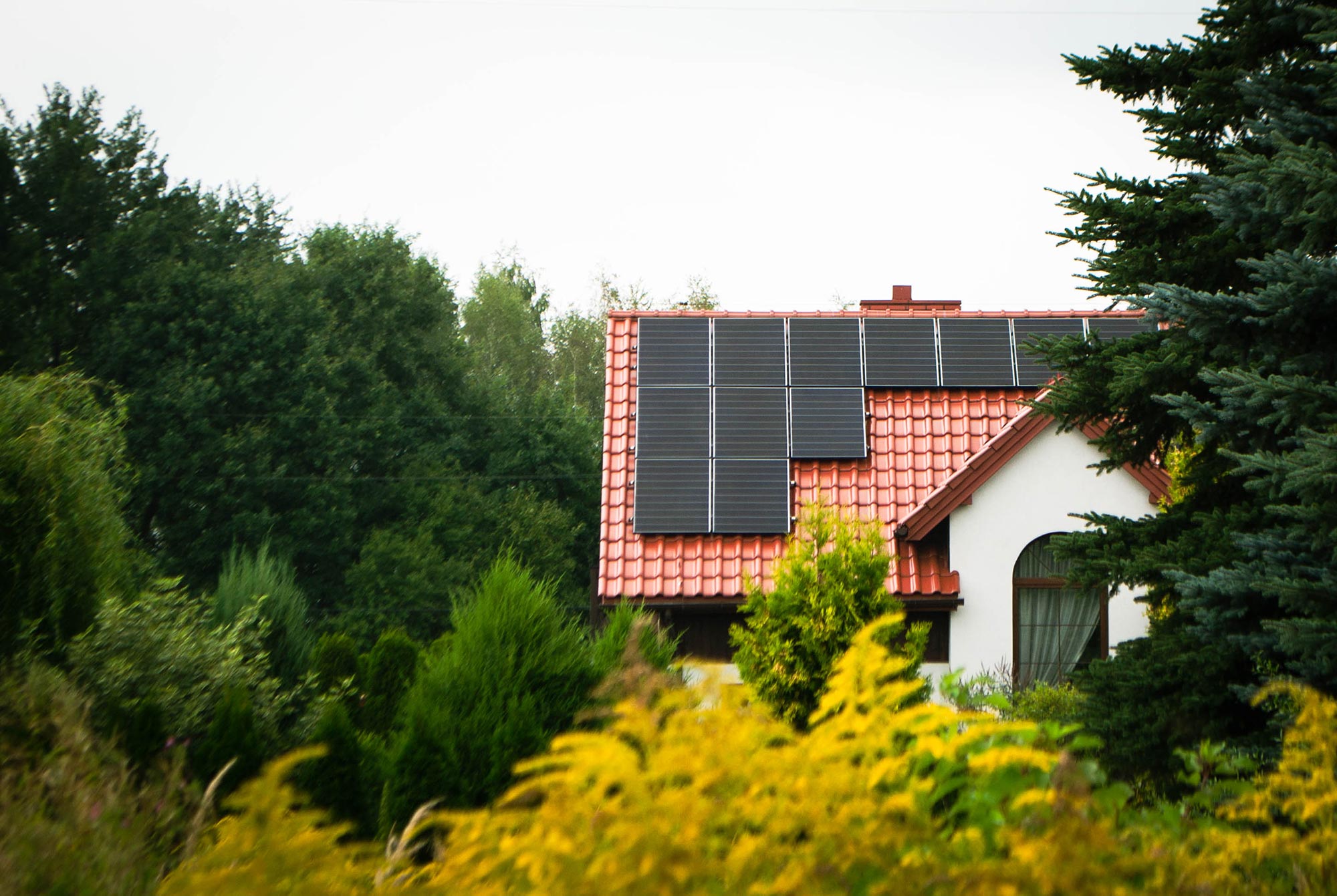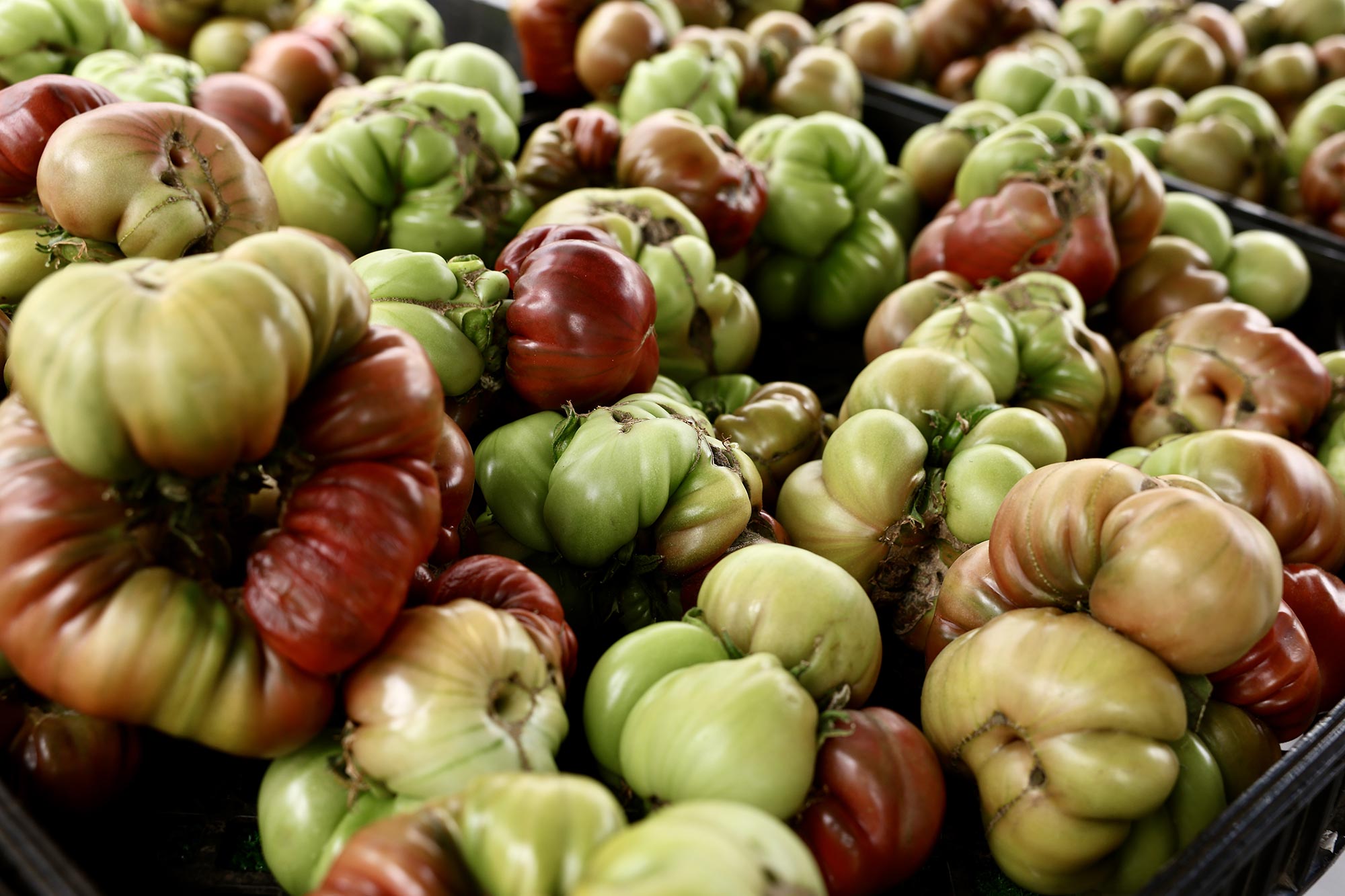In a world that values aesthetic perfection, imperfect fruit and vegetables are often discarded, even though they are just as nutritious and delicious. Making use of these ‘ugly’ fruits and vegetables is an effective way of reducing food waste and contributes to a more sustainable environment.
Benefits of opting for imperfect fruit and vegetables:
- Reducing food waste: every year, tons of perfectly edible food is thrown away, simply because it does not meet the aesthetic standards of the market. This waste is not only an ethical problem, but also an environmental one. Food production consumes valuable resources such as water, land and energy. When food is wasted, all these resources are also wasted, which increases greenhouse gas emissions.
- Reducing the carbon footprint: According to UN reports, reducing food waste – which accounts for 8% of all global emissions – could reduce emissions by 4.5 gigatonnes of CO2 per year.
- Saving money: this kind of fruit and vegetables are often cheaper, which can also help you save money. In addition, by choosing these products you are supporting farmers who might otherwise lose income due to wasteful practices.
- Nutrient preservation: If you find fruit and vegetables that are close to their sell-by date, consider freezing them. Freezing fresh produce before it goes off is a great way to preserve nutrients and flavour, and allows you to have healthy ingredients available at any time. You can also use these fruit and vegetables in soups, stews, smoothies and sauces, where their appearance does not matter as much as their taste and nutritional value.
Why is it important for the planet?
Don’t be swayed by appearances. Imperfect fruit and vegetables are just as valuable and can play a crucial role in reducing food waste. By making this change you contribute to a more sustainable and environmentally friendly food system by significantly reducing greenhouse gas emissions.


